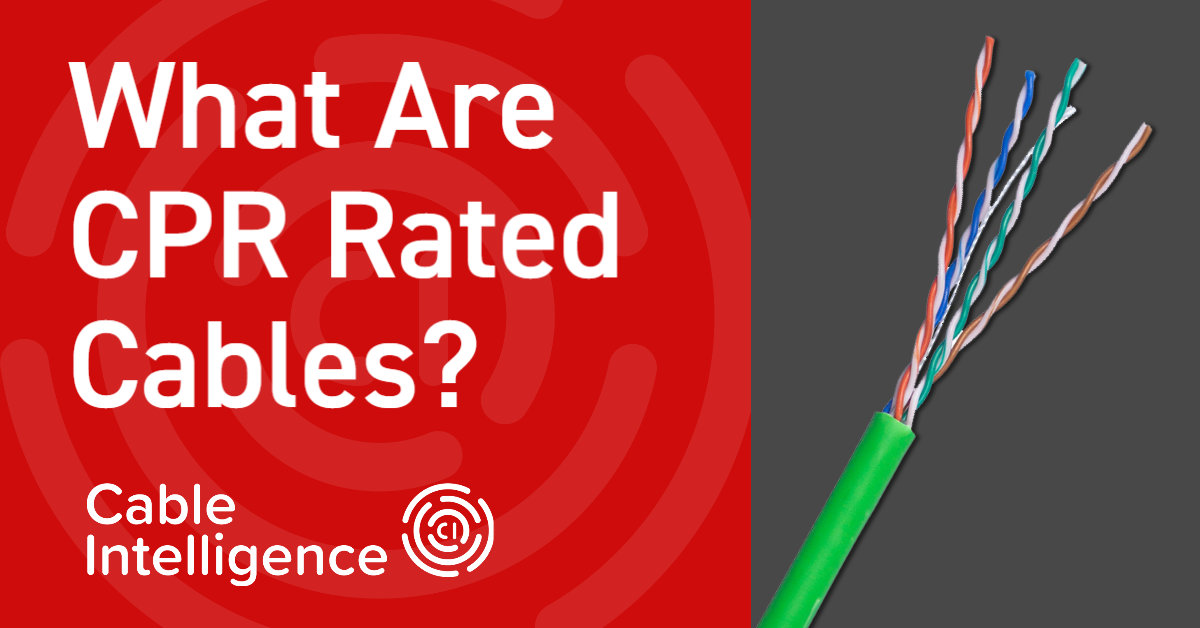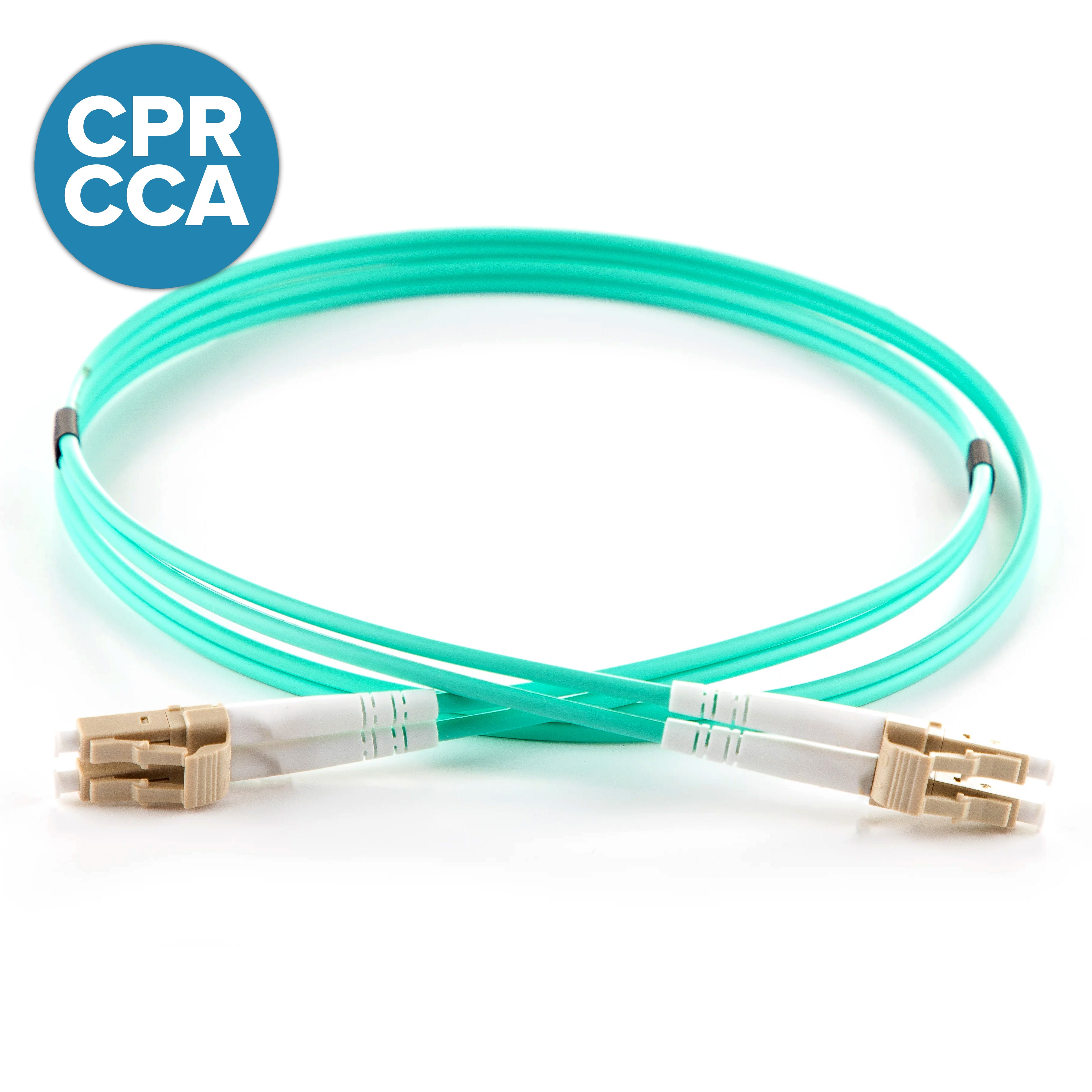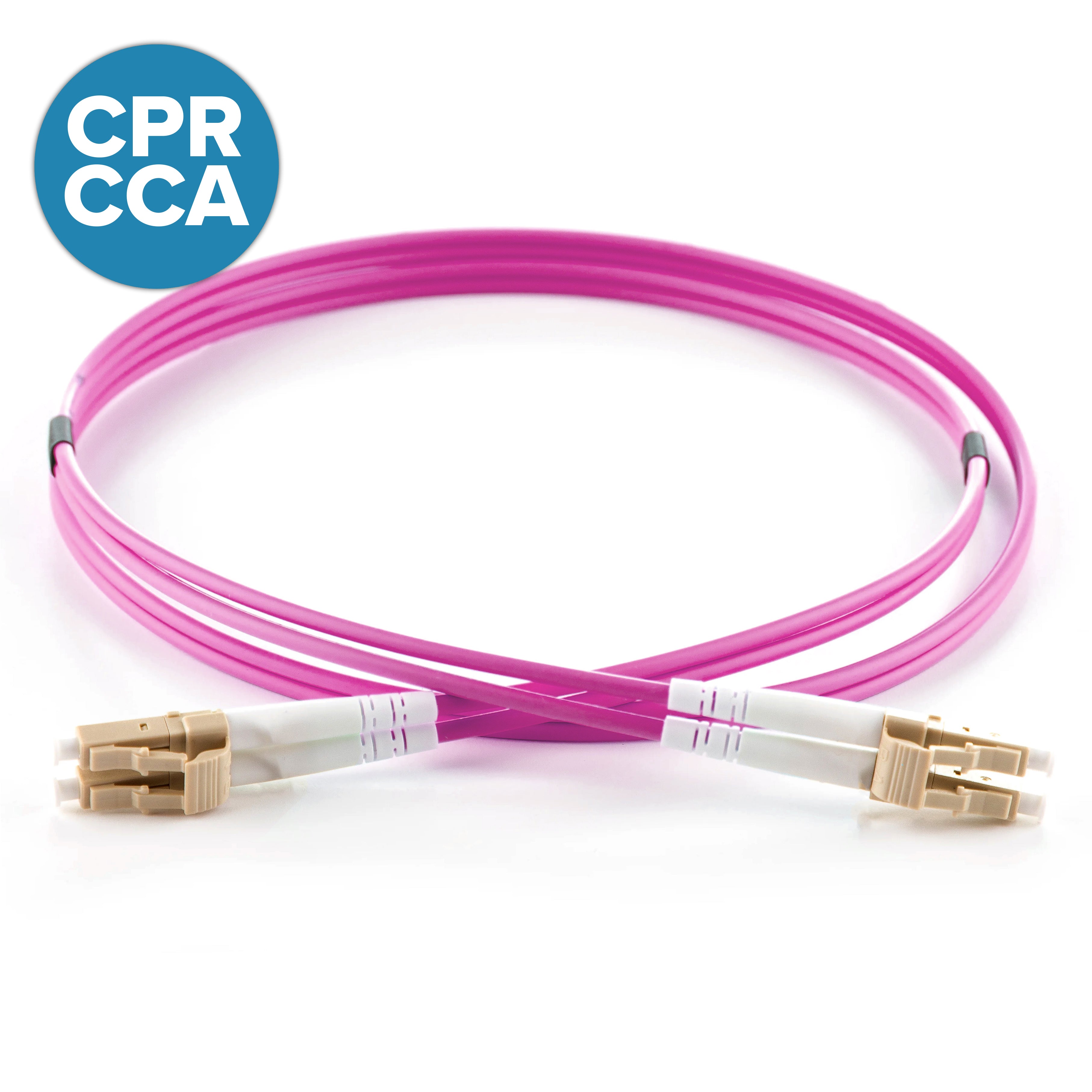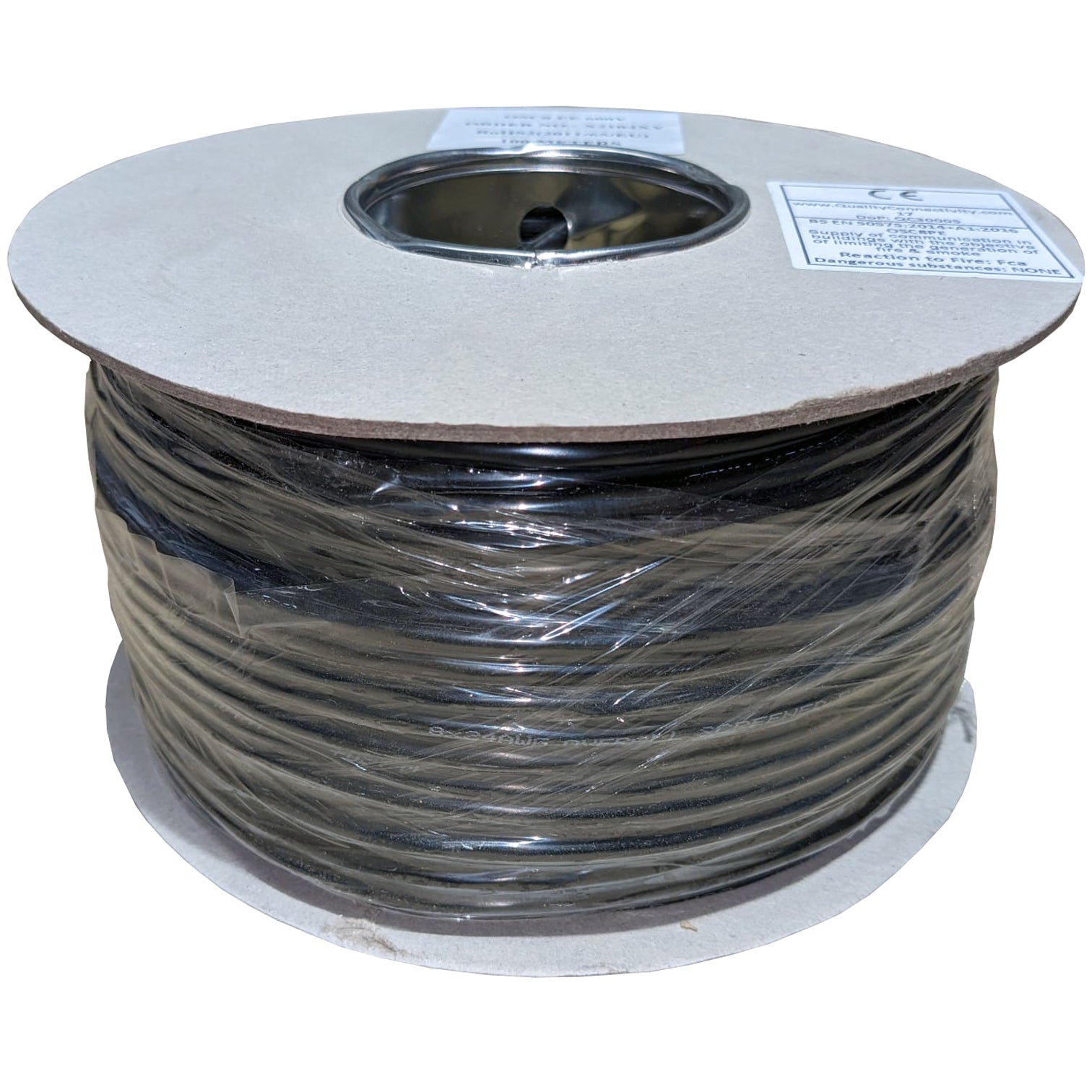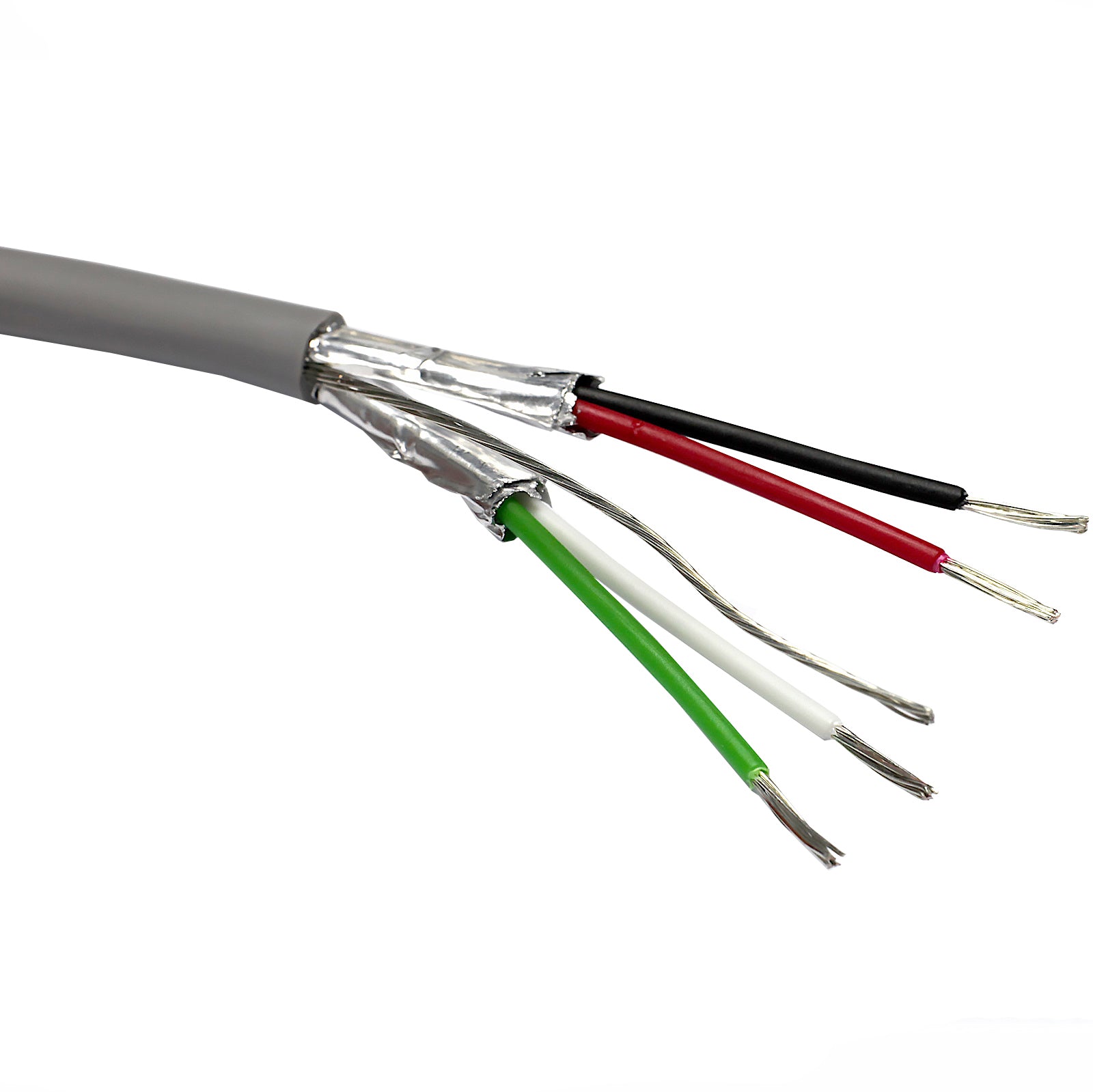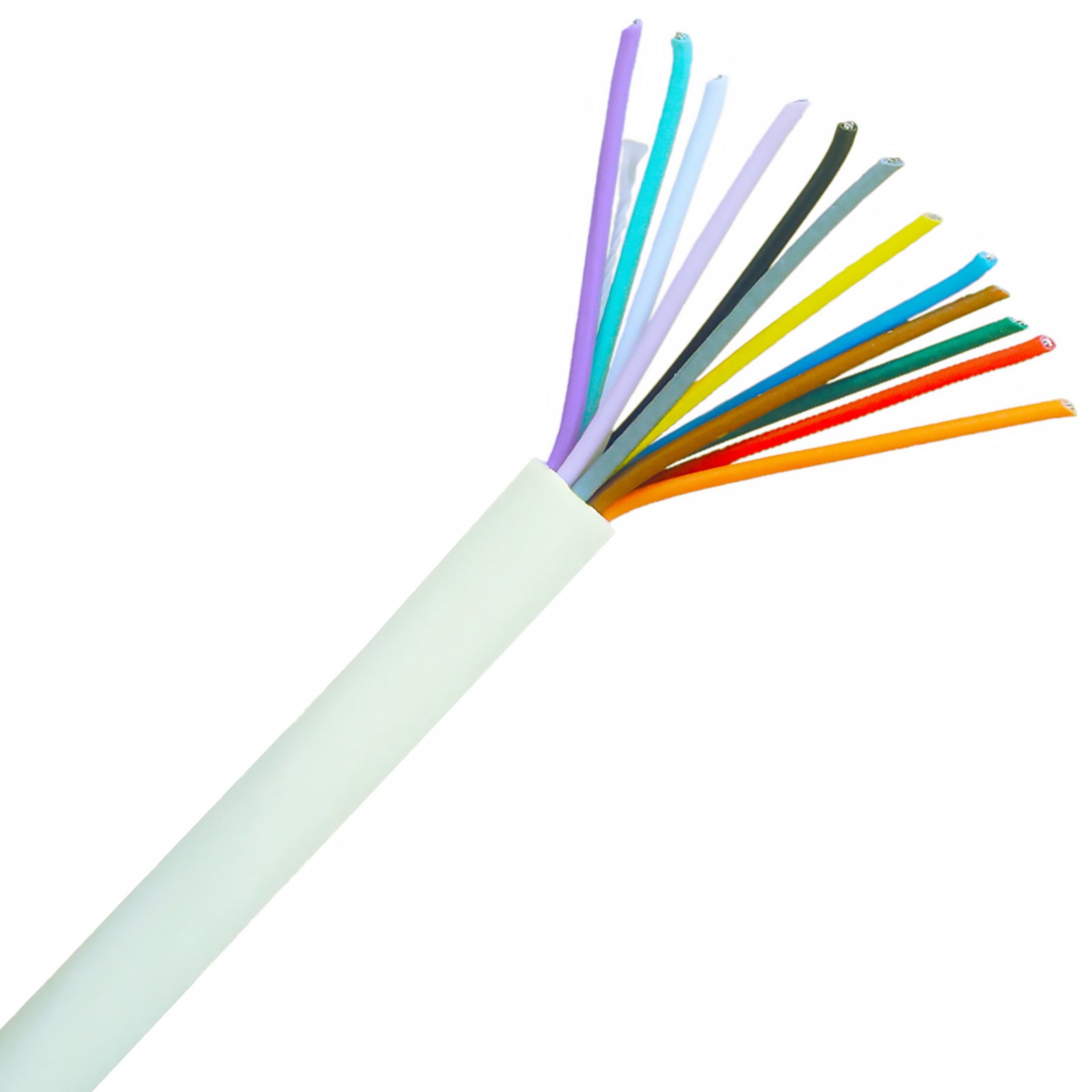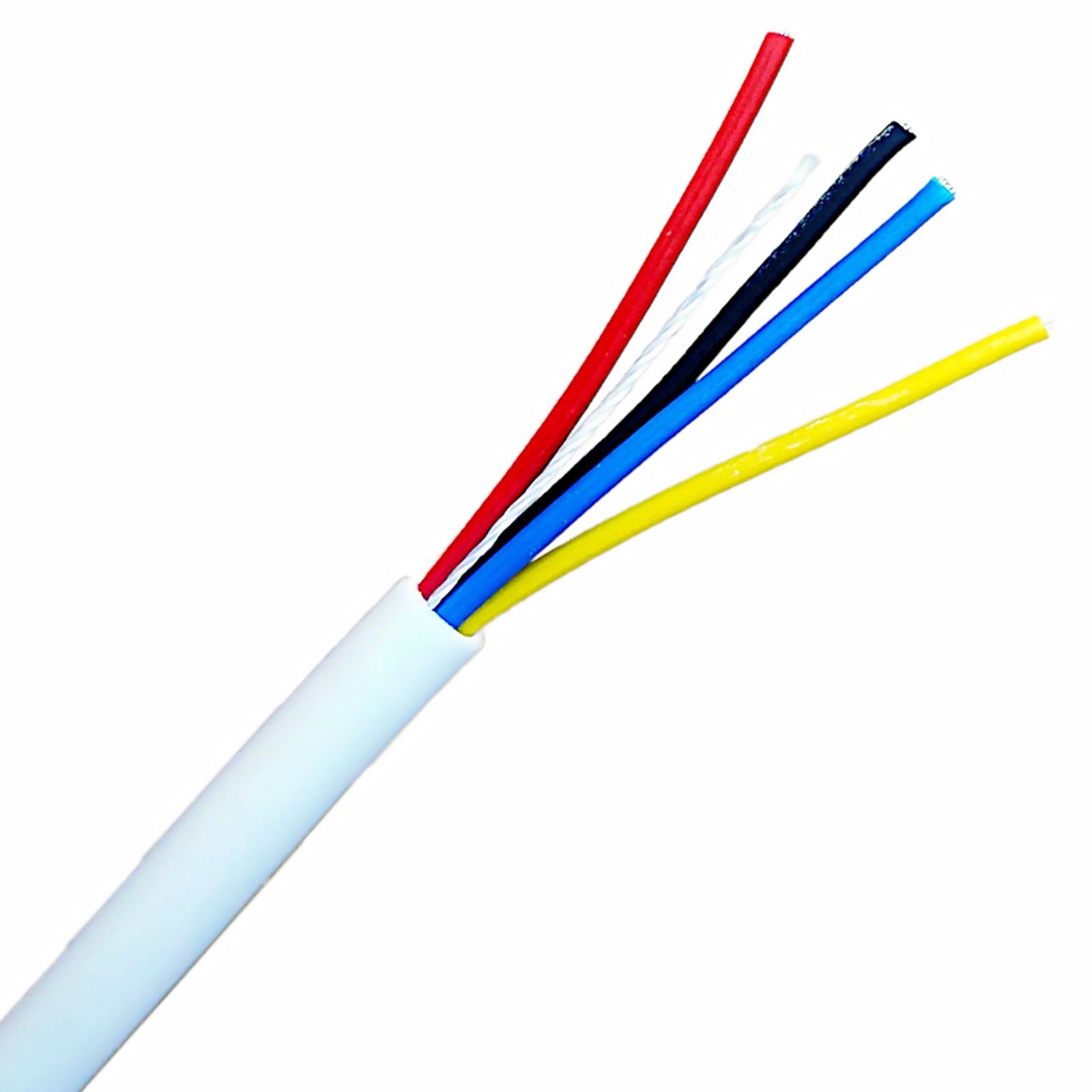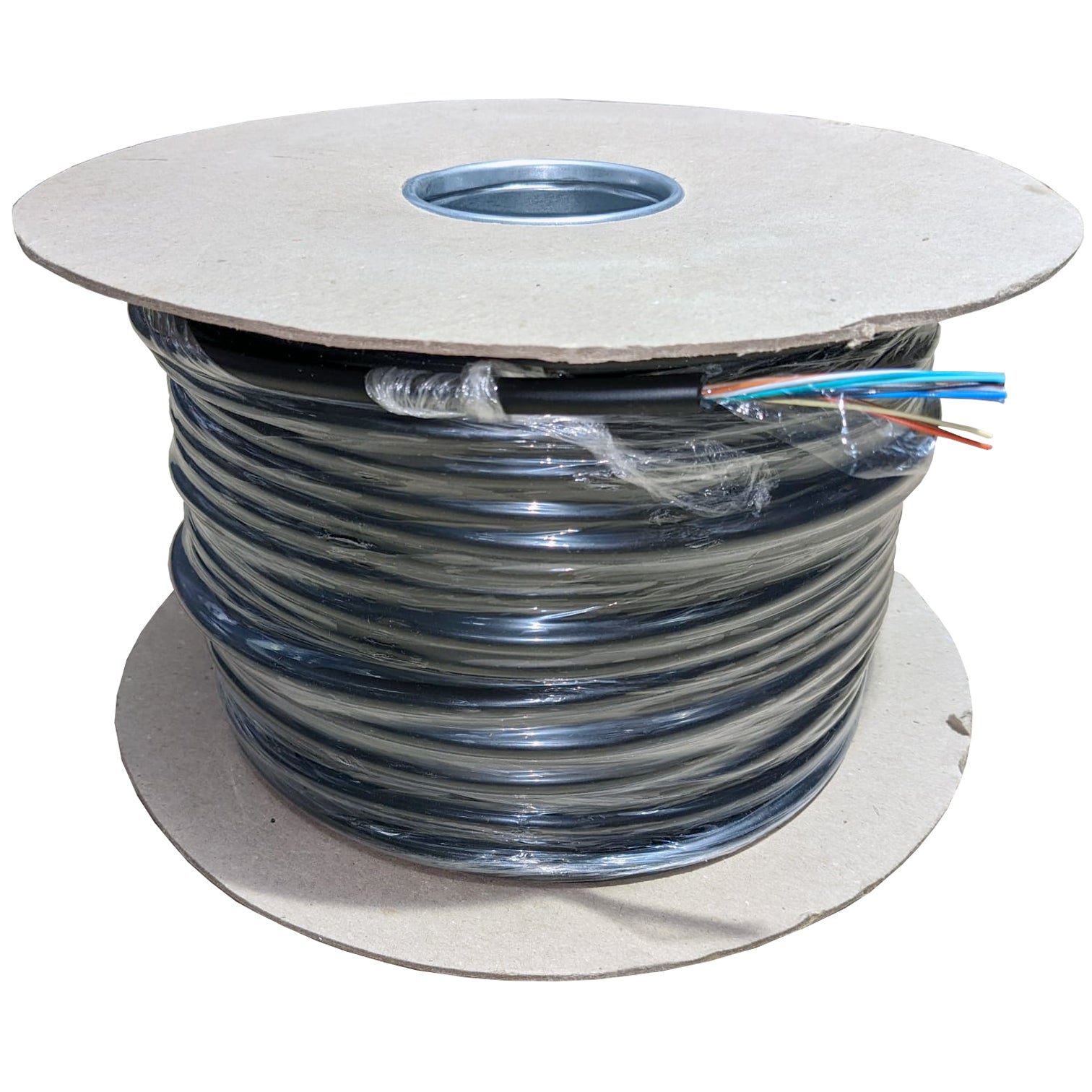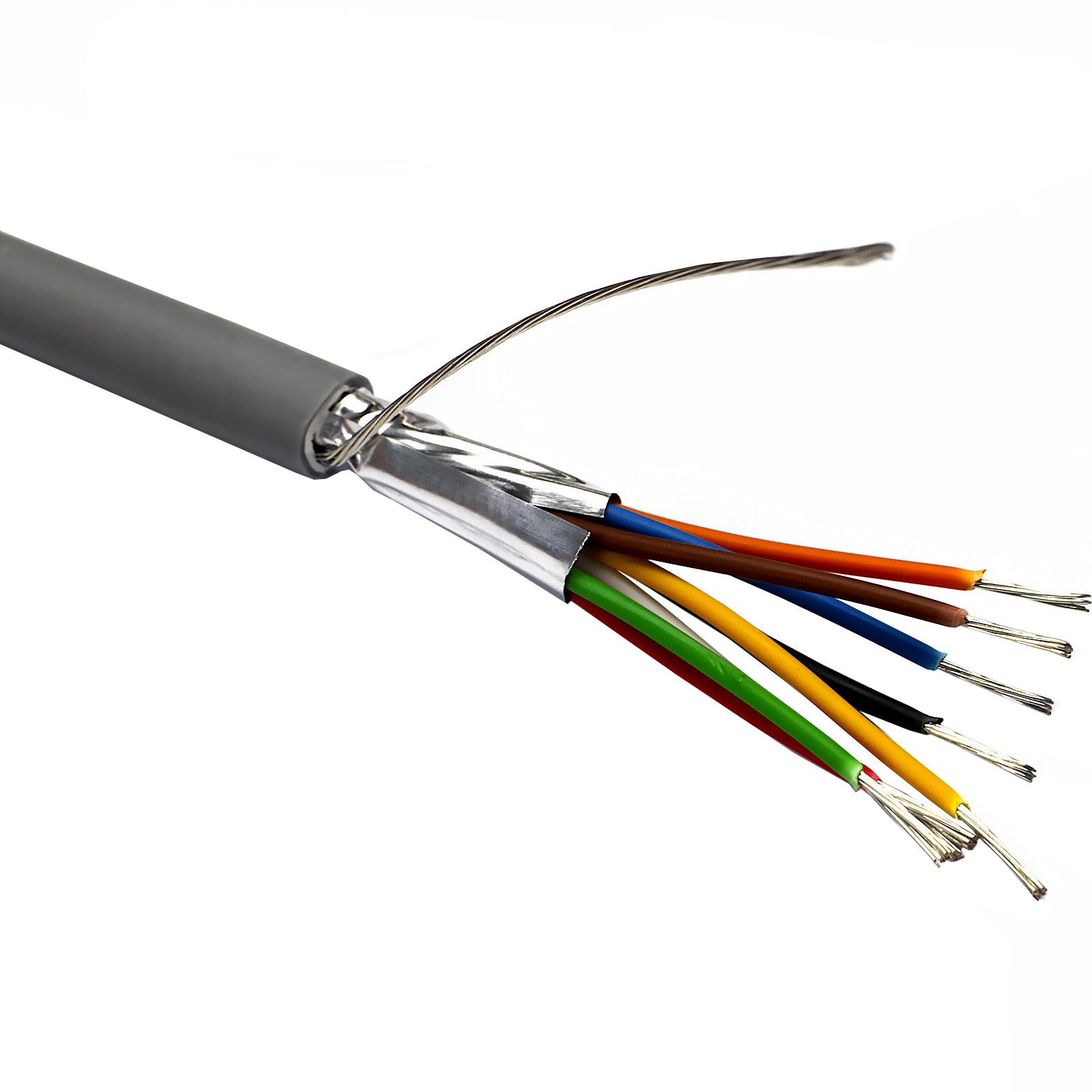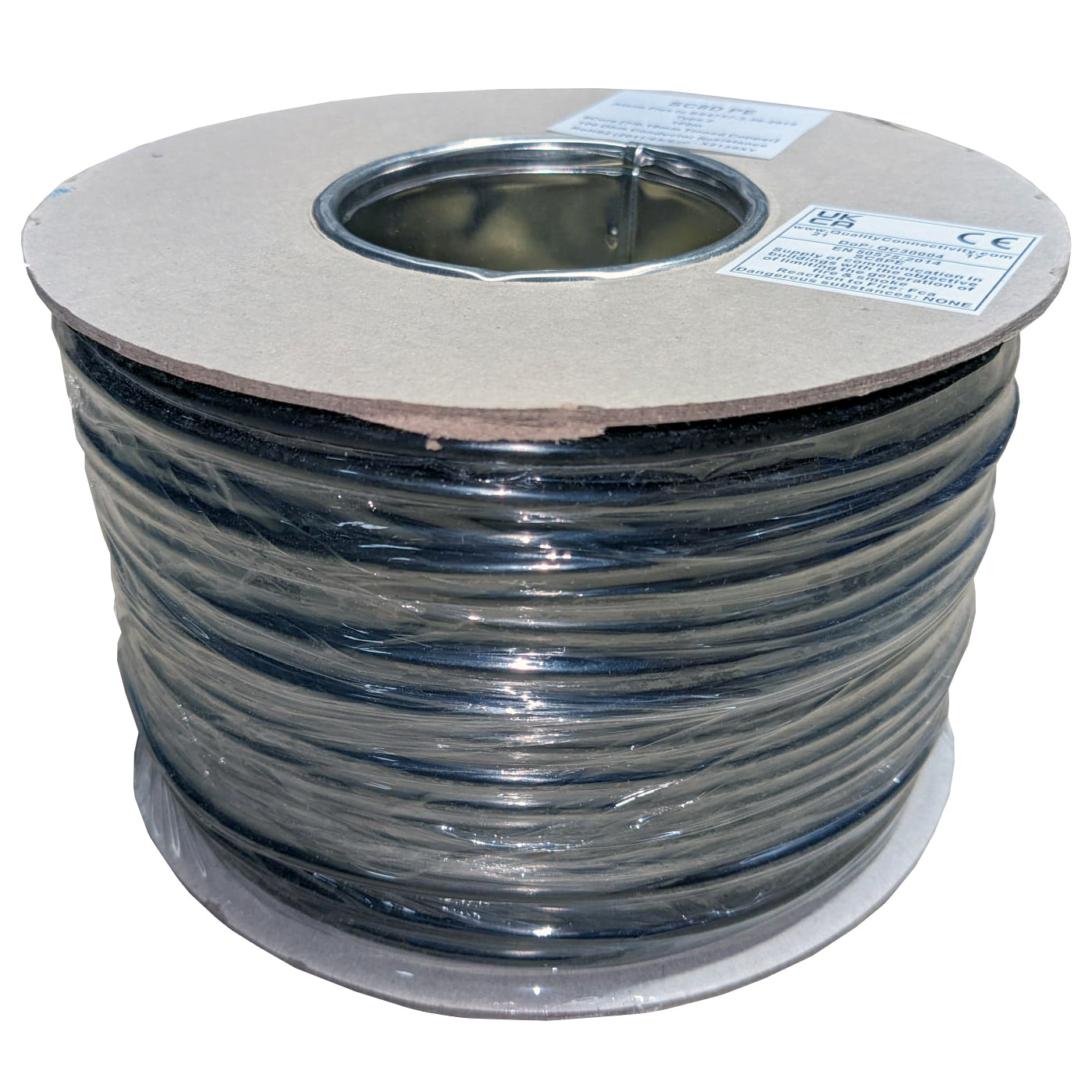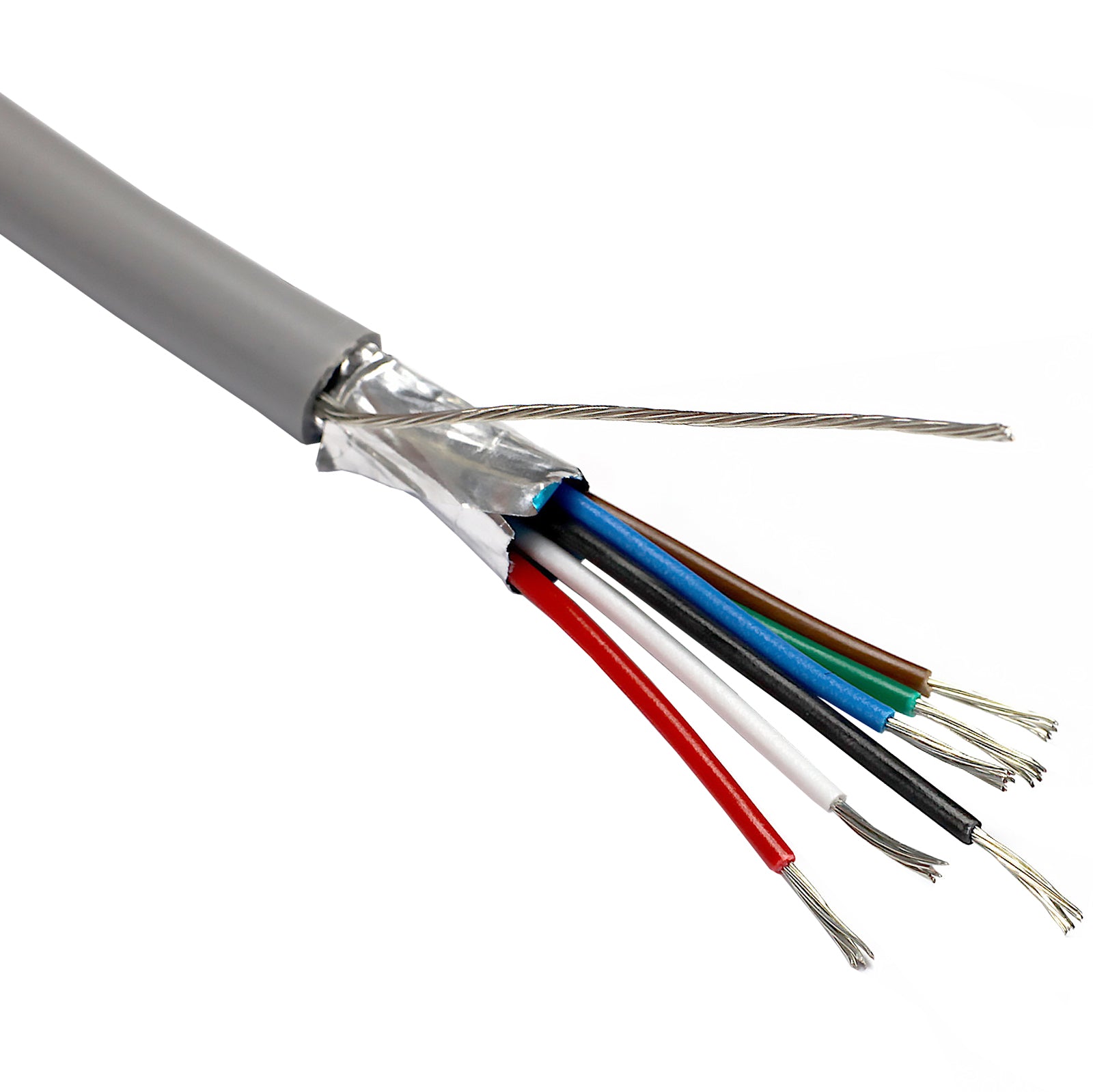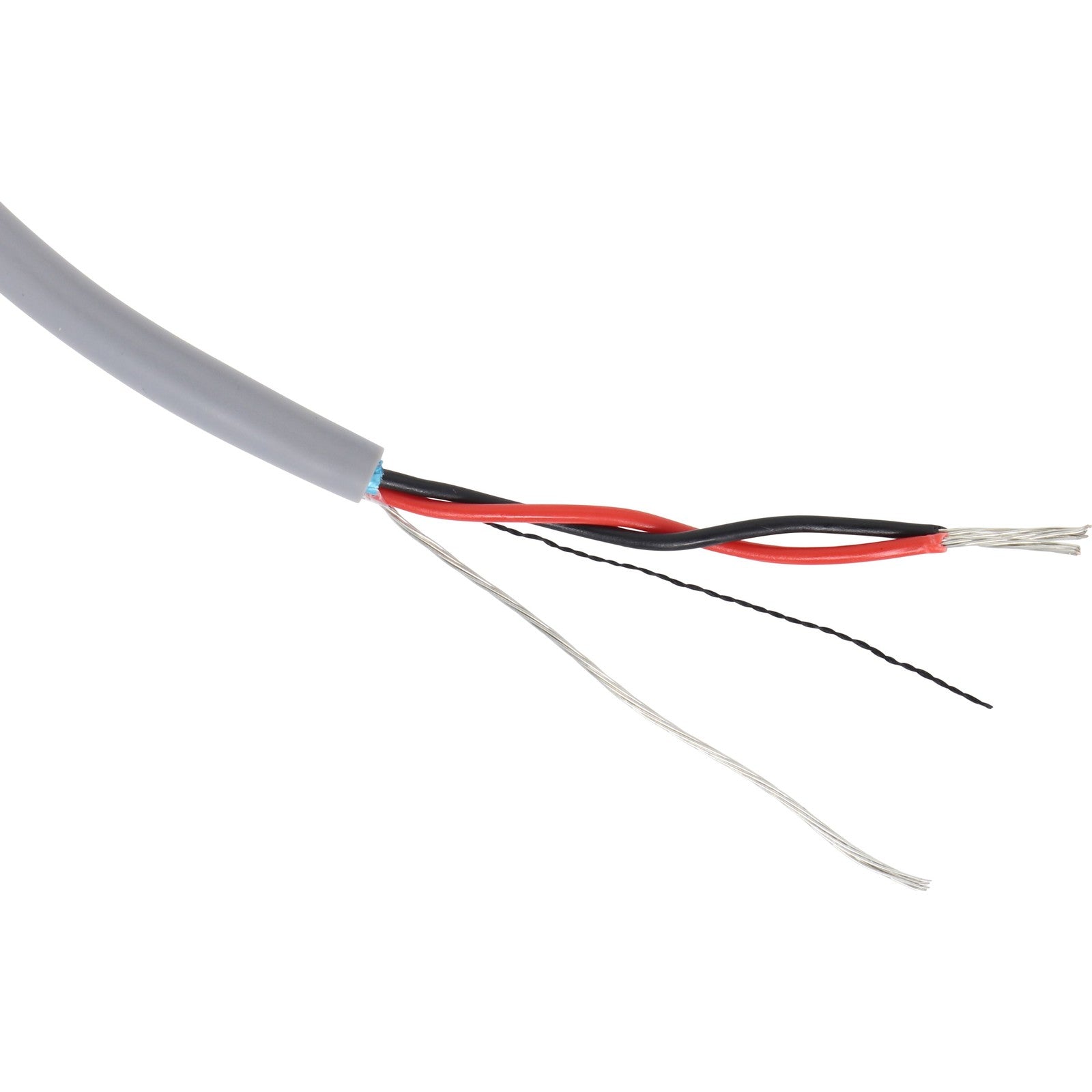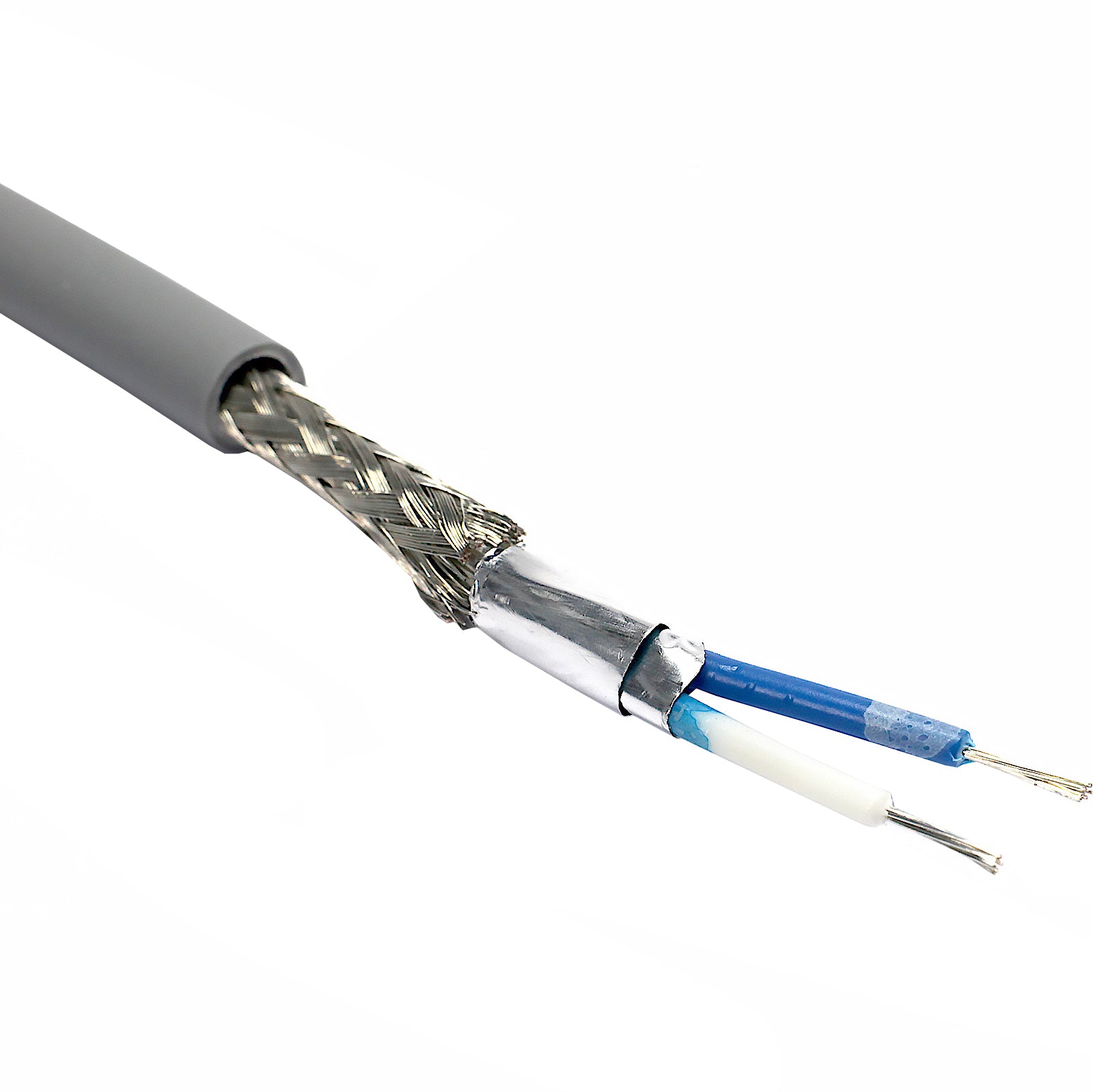You may have seen listings on our website, or around the internet, for something called CPR Rated Cable. But what exactly is it?
To give you a better idea, CPR stands for Construction Products Regulation and it does what it says on the tin. It’s a set of regulations for construction projects that aims to break down technical barriers, provide a common technical language to assess the performance of construction products and to harmonise the rules for marketing these products.
There are four key concepts of CPR. These are:
- A system of harmonised technical specifications
- A framework of notified bodies
- A system of conformity assessment for each product family
- CE marking of products*
Simply put, CPR is a set of rules for products in construction to follow to make sure that they are safe and fit for purpose. With regards to cable, this concerns it’s contribution to fire.
CPR applies to all permanently installed cables within a building. This includes communication, power and control cables in fixed installations except products such as patch leads, HDMI & direct burial cables.
What Does Euroclass Mean?
Within the CPR, there are tiers denoting the level of fire safety of the cable, known as Euroclass. This is named in this way because the CPR is a regulation originating from the EU.
*Now that the UK has left the European Union, the UK standards will remain identical, meaning the only difference will be a GB mark instead of a CE mark.
The classes are as follows: Aca, B1ca, B2ca, Cca, Dca, Eca, Fca.
As well as this, there are additional criteria for some of the classes in terms of smoke production (s1a, s1b, s2, s3), acidity (a1, a2, a3) and flaming droplets (d0, d1, d2).
So, you may see a listing such as B2ca s1a d1 a1. This would suggest that the cable has a minimum contribution to fire (B2ca), has little smoke production (s1a), has no flaming droplets that last more than 10 seconds (d1) and finally less emission of acid (a1).
What Euroclass Cable Should You Choose?
The class of cable that you use for a specific scenario will depend hugely on what it’s being used for. For example, a minimum of B2ca should be used on projects based in locations such as hospital wards, children’s nurseries, airports and so on because the contribution to fire from B2ca cable is very low.
Conversely, the slightly cheaper Cca (the minimum standard in the UK) could be used in an office.
Below is a handy guide to the Euroclass levels:

Why is LSOH no longer enough?
LSOH (or LSZH) stands for Low Smoke Zero Halogen. It was originally designed to meet three IEC standards: IEC60332 (Flame Spread), IEC60754 (Smoke Acidity) and IEC61034 (Smoke Emission). However, because the CPR applies additional criteria and testing procedures, simply buying any cable labelled as LSOH may not be enough to ensure it reaches the minimum standard.
Wrapping up, in basic terms, CPR rated cable is designed to be used in construction projects and is categorised into levels called Euroclasses. These levels denote how little the cable contributes to a fire and are more stringent than the LSOH standard.
We hope this short article helps to explain the differences between Euroclass cable, but if you still have questions, give us a call on 01684 299 223

